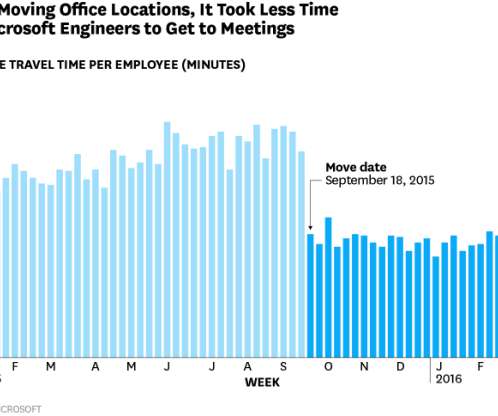Billie Inspires Customer Trust with Tool to Improve Dashboard Reliability
Sisense
JANUARY 14, 2021
Because of how delicate customer relationships can be, Billie expended considerable resources monitoring reported data for accuracy and fixing broken charts and reports before consumers could be affected. However, at a lean startup with a BI team of three, manually checking dozens of dashboards every morning seemed impossible.
















Let's personalize your content